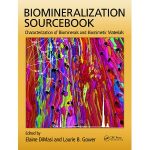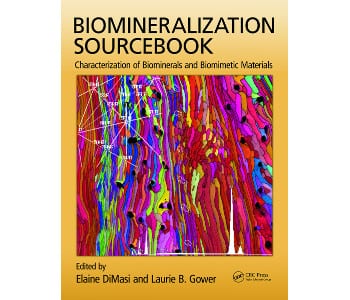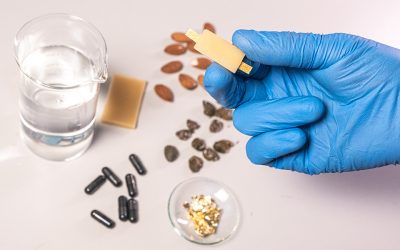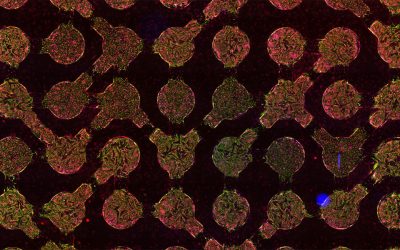 Biomineralization Sourcebook: Characterization of Biominerals and Biomimetic Materials
Biomineralization Sourcebook: Characterization of Biominerals and Biomimetic Materials
Edited by Elaine DiMasi and Laurie B. Gower
Hardcover
ISBN: 9781466518353
420 Pages
£108
Click here for more information.
Reviewed by Professor Andreas Taubert, Universität Potsdam
The Biomineralization Sourcebook edited by Elaine DiMasi and Laurie B. Gower provides an in-depth and comprehensive overview over the various methods that nowadays exist for the investigation of the structures and properties of hybrid materials. Termed the “Biomineralization Sourcebook”, the primary target audience of the editors clearly is the large research community involved in the numerous aspects of biomineralization and biomineralization-inspired materials. As biomimetic mineralization does provide access to materials that are close to natural hybrid materials, but also to materials that only remotely resemble a natural material (if at all), the Biomineralization Sourcebook is a very useful source not only for researchers in the general area of biominerals, but for anyone engaged in the synthesis and analysis of the structure, properties, and applications of hybrid materials. Many of the concepts and experimental methodologies discussed throughout the text can be used or adapted for almost any hybrid material. As such I am sure that the book will find a broad readership from many different subfields.
The book has a clear and logical order and covers experimental and computational methods over all necessary length scales from the atomic to the macroscopic dimensions, including, for example, whole organ mechanical analysis. The chapters are concise and introduce the main concepts along with the key experimental approaches and analysis procedures. This information is further complemented by a large number of high quality illustrations, both from experimental setups, sample holders or setup geometries, but also from data obtained on numerous chemically and structurally different samples using the respective methods. Overall, the text and the figures are highly complementary.
The key importance of the book likely lies in the fact that for the first time in a while, the key experimental techniques for the investigation of hybrid materials have been assembled in one volume. This is particularly important for two reasons. First, the field has made tremendous advances in the last 20 years. This applies to the fundamental understanding of biomineralization and related processes, but, at least equally important, this also applies to advances that have been made on the instrumentation side. Numerous in situ techniques, especially X-ray and fast spectroscopic methods, are just one example. 3D microscopy is another prominent example. These developments would not have been possible without the concomitant development of computer technology and, accordingly, also the computational analysis of hybrid materials has made tremendous progress.
The second reason why this book is useful is that it provides more advanced students that are active or intend to become active in the field with a practical starting point for their questions, both on a scientific and technology level. Moreover, it also provides guidance to scientists active in the field looking for alternatives or complementary tools to investigate their samples or to address questions they have not been able to resolve.
In summary, as someone who has been active in biomineralization-inspired and hybrid materials for a while, I am certain that the book will become a key source of information for junior and senior hybrid materials researchers.

















